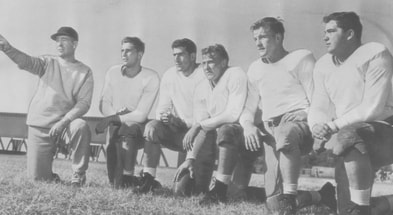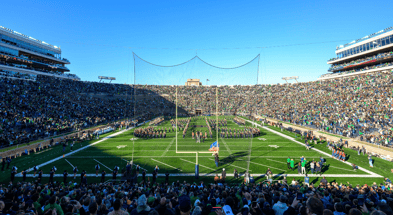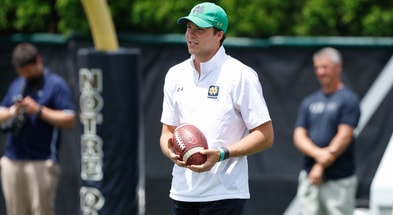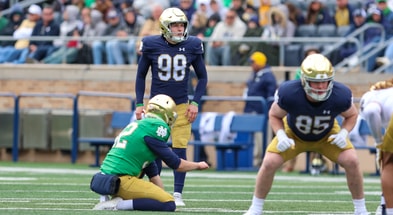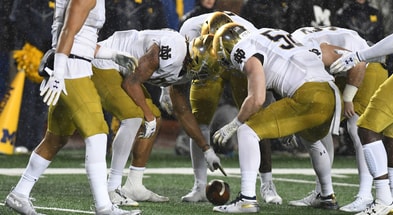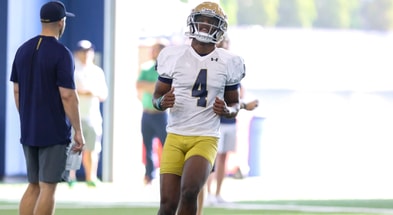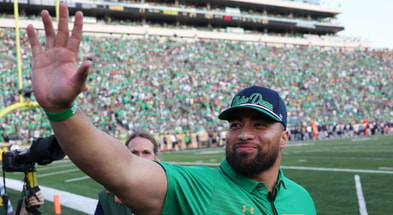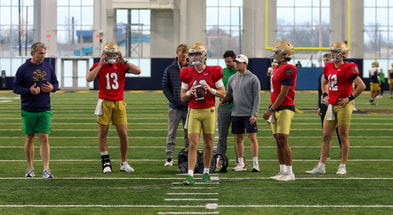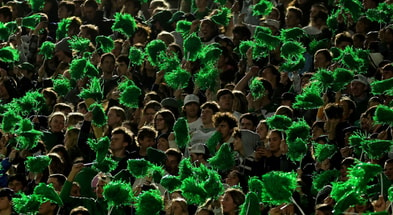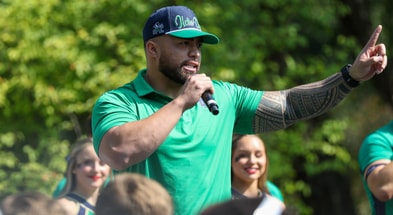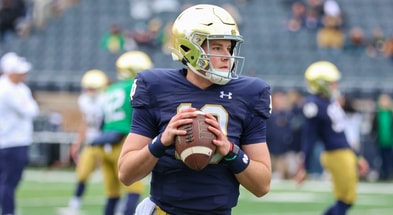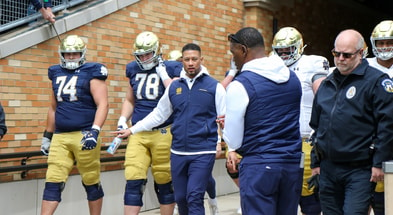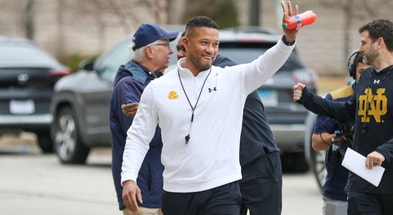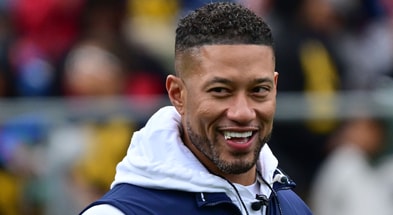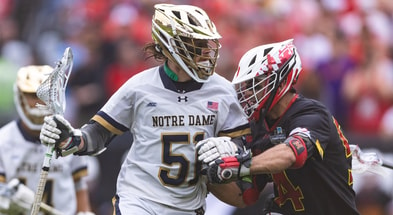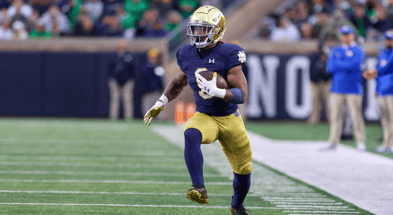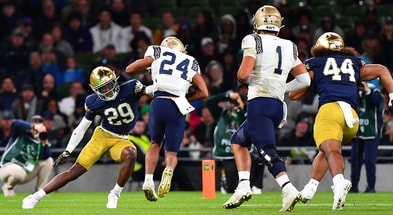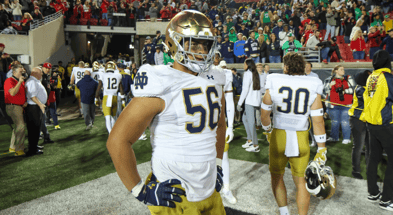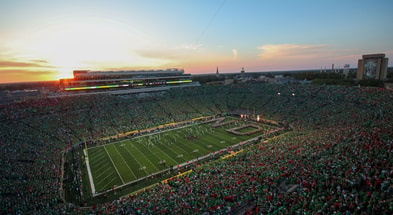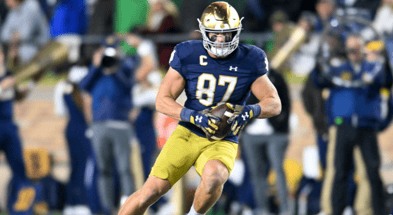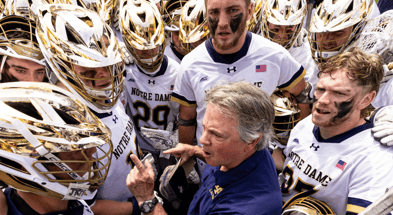What Notre Dame president Rev. John I. Jenkins said about House v. NCAA settlement
The future of collegiate athletics changed dramatically Thursday when the NCAA and the Power Five conferences came to an agreement in a court-authorized settlement that will allow Notre Dame and every other university to pay players — directly, from a pool of roughly $20 million, per school, annually.
In addition, conferences will pay more than $2.7 billion in damages to former and current players who have appeared in action since 2016. The NCAA’s board of governors and leaders from the Power Five conferences plus Notre Dame accepted the general terms of a 13-page document that will be presider over and presumably approved by Judge Claudia Wilken over the next several months.
A century’s worth of amateurism for student-athletes is on the way out when the settlement kicks into action, which is expected to be in the fall of 2025. NCAA president Charlie Baker said in a statement the groundbreaking move is a “road map” for college sports to benefit the players who comprise them at a higher level than ever before.
“The five autonomy conferences and the NCAA agreeing to settlement terms is an important step in the continuing reform of college sports that will provide benefits to student-athletes and provide clarity in college athletics across all divisions for years to come,” Baker and the five power conference commissioners said in the statement.
Notre Dame president Rev. John I. Jenkins was less optimistic about the ordeal in his statement.
“The settlement, though undesirable in many respects and promising only temporary stability, is necessary to avoid what would be the bankruptcy of college athletics,” Jenkins said. “To save the great American institution of college sports, Congress must pass legislation that will preempt the current patchwork of state laws; establish that our athletes are not employees, but students seeking college degrees; and provide protection from further anti-trust lawsuits that will allow colleges to make and enforce rules that will protect our student-athletes and help ensure competitive equity among our teams.”
As with much of the national news coming out of college athletics lately, the details of the settlement are murky. The what — paying players — is out in the open now. The how is going to take some time to clarify.
It’s not as simple as Notre Dame’s quarterback making this — insert monetary amount here — and Notre Dame’s running back making that. How does the school arrive at the numbers? How much is Notre Dame’s star point guard on the women’s basketball team making? How is recruiting for all sports affected? Roster construction and management? What does this mean for non-revenue sports? Notre Dame is quite good at those. See: the men’s lacrosse team going for back-to-back national championships this weekend or the fencing team’s 13 national titles. Are walk-ons a thing of the past? Is the Group of Five a thing of the past?
Just like how name, image and likeness (NIL) ballooned out of control when it was implemented three years ago, allowing schools to pay players directly is letting a cat out of the bag. That’s not to say it won’t ever work and it’s a fundamentally regrettable endeavor; the players are the product and have long deserved to be paid. Jenkins agrees with that. But there are definitely more questions than answers coming out of the settlement, and administrators like Jenkins are calling for that to turn around in a hurry.
